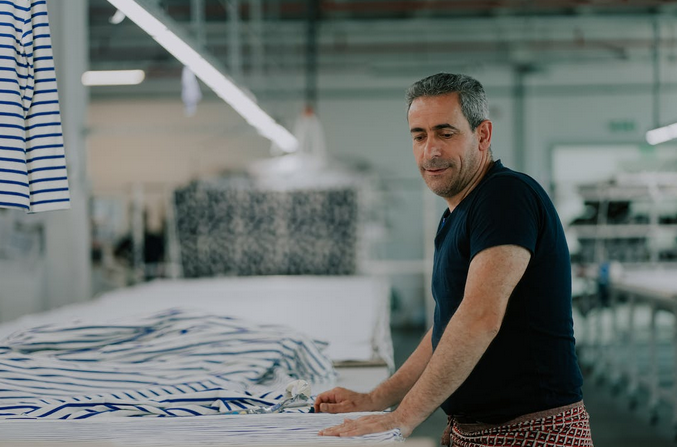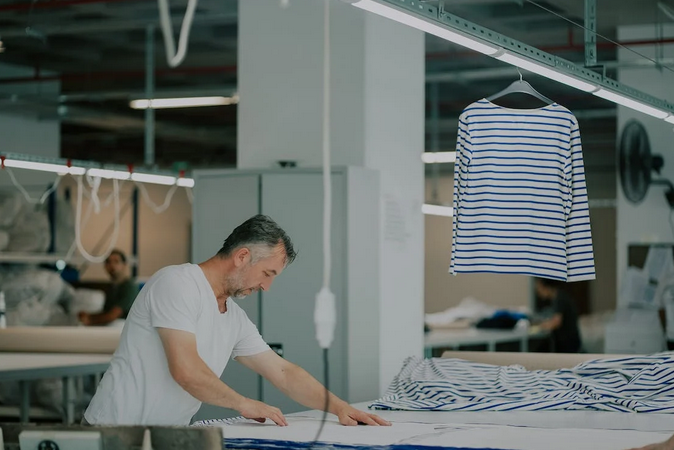Factors to Determine If an Industry Is Considered High-Risk by Bank and Other Financial Institutions
Imagine you’re trying to register your business for a merchant account or apply for a business loan, only to find out that your industry is considered high-risk by banks and other financial institutions. It can be really frustrating and confusing, especially if you don’t understand why your industry is classified as high-risk.
You see, not all industries are viewed in the same light by banks and other financial institutions. Some are considered low-risk, while others are deemed high-risk. But what exactly makes an industry high-risk? Here are some factors that determine if an industry is considered high-risk and their implications for businesses seeking banking relationships.
High Chargeback Risk

High chargeback risk is a significant factor that financial institutions consider when assessing the risk level of an industry. Chargebacks basically occur when many customers dispute a transaction with their banks or credit card companies, leading to funds being reversed from the merchant’s account. Industries prone to high chargeback rates often include online retail, travel agencies, and subscription services.
Furthermore, excessive chargebacks can indicate potential issues such as poor customer service, fraud, or dissatisfaction with products or services. Financial institutions view businesses with high chargeback ratios as risky because they may experience financial losses due to these disputes. Moreover, frequent chargebacks can damage a company’s reputation and credibility in the eyes of banks and payment processors.
High Transaction Volume
Private Jet Payment Processing is only one of the many examples of payment systems with high transaction volumes. When it comes to determining whether an industry is high-risk for banks and financial institutions, one key factor to consider is the transaction volume. High transaction volume can be a red flag for potential risk because it often indicates a higher likelihood of fraudulent activity or disputes.
Businesses with a consistently high number of transactions may pose challenges for banks in terms of monitoring and managing risks effectively. The sheer volume of transactions can make it more difficult to detect suspicious behavior or patterns that could indicate potential fraud.

Cross-Border Transactions
The types of transactions involving payments or money transfers between parties in different countries also often make businesses classified as high risk. Cross-border transactions are often seen as riskier due to the potential for regulatory differences, currency exchange rate fluctuations, and varying levels of fraud protection across borders.
Financial institutions may view these transactions with caution because they can be more challenging to monitor and verify compared to domestic transactions. Additionally, cross-border transactions may also pose a higher risk of horrible money laundering or terrorist financing activities. This heightened risk factor can lead banks and financial institutions to categorize industries involved in such transactions as high-risk.
Poor Credit History

Last but not least, having a poor credit history can also significantly impact whether an industry is considered high-risk by banks and other financial institutions. When a company has a track record of late payments, defaults, or bankruptcies, it raises red flags for potential lenders. Financial institutions view businesses with poor credit as more likely to default on loans or payment obligations. A tarnished credit history can lead to higher interest rates or even outright rejections when applying for financing. Lenders may perceive these companies as risky investments due to their past financial behavior.
For businesses operating in these high-risk industries, there are consequences that must be considered. Financial institutions may impose higher fees and stricter terms on accounts classified as high-risk. Additionally, obtaining loans or payment processing services can be more challenging for companies in these sectors.






